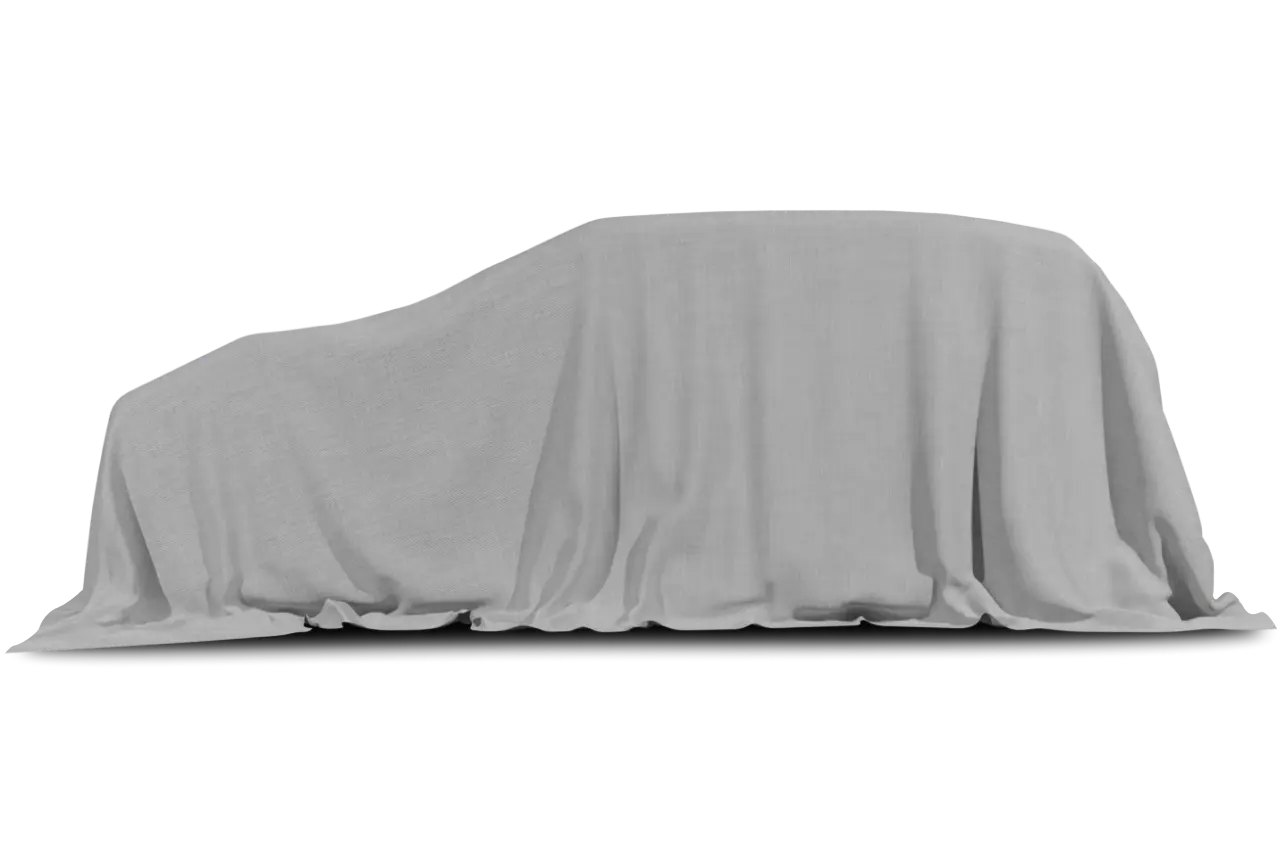
During my test of the 2010 Lexus GX 460, I was routinely asked what I was driving. The only way I could get the questioners to grasp how the GX 460 stands out in Lexus’ lineup was to tell them it was the SUV that failed a Consumer Reports test of its stability control system. They instantly knew which SUV it was after that.
Quickly, I reminded them that Lexus adjusted the system and that it is now presumably a “safe” SUV. But even so, during my time with the relatively short, narrow and very tall SUV, it exhibited body lean that was unsettling to me, despite my years of testing and owning large SUVs.
If the lone strike against the GX were its body lean, I’d still recommend it to shoppers in this segment, especially the many fans of its previous generation, the GX 470. Unfortunately, though, the strikes against the GX 460 just kept piling up during my test drive.
No $60,000 vehicle of any size or shape should be so flawed — especially when most models costing far less do far better in nearly every respect.
Exterior
The GX looks like a huge, lumbering SUV, but that’s mostly a misleading trick of the eye. The GX is actually shorter and narrower than competitors like the Acura MDX and Buick Enclave. It’s the SUV’s height that makes it seem bigger.
At 73.8 inches tall, it’s 5.6 inches taller than the MDX and 1.3 inches taller than the Enclave. It’s more than 4 inches narrower than both, as well. This added height and narrower stance — along with nearly 700 pounds more weight than the MDX — contribute to the body lean the GX exhibits.
The GX is handsome, with intricate headlights, a strong grille and lots of sharp angles befitting an SUV. It sure doesn’t try for a streamlined approach, as does its larger sibling, the LX 570.
Interior
The level of luxury inside is pretty high. I found it to be nearly as rich as the larger, more expensive LX. Standout treatments included a leather-wrapped steering wheel and dash, with stitching befitting a Range Rover.
I found the first- and second-row seats to be about average for the luxury class in terms of comfort, perhaps just a bit on the stiff side. The third-row seats now fold flat into the floor of the SUV; the previous setup featured two jump seats that folded to either side of the cargo area. It was this design that flagged the GX as one of the first luxury SUVs to offer a third row, and I think that’s why it became so beloved.
As it is, the new GX’s third row is nearly impossible to fit into as an adult, even after adjusting the second-row seats, which slide forward. My feet just had nowhere to go.
Performance
Even if you like the looks inside and out — which many likely will — there is nothing endearing about the driving experience.
First there’s the body-lean issue. When you take a highway off-ramp at speed — which the Consumer Reports’ test does — the GX leans at a significant angle. I don’t recall experiencing a lean so extreme since I’ve been testing cars professionally, which includes most of the past decade.
If you’re an attentive and safe driver, you should have no trouble navigating tight corners in the GX. But then you’re still left with an anemic 301-horsepower V-8 engine that’s saddled by all the weight mentioned above. Its power rating is nearly identical to the 300-hp V-6 MDX, but it’s less fuel-efficient. The GX is rated at 15/20 mpg city/highway, while the MDX gets 16/21 mpg.
The GX lumbers down the highway and barely musters a grunt when passing other cars. Brake feel is soft and somewhat mushy, an attribute shared by many Lexus and Toyota models. In a large SUV, though, it’s more unsettling.
While the high ride reminds me of driving a truck, the GX rides better than your typical pickup. Because of extensive work to make the GX off-road capable, however, it doesn’t sail down the freeway like the larger LX, or like the MDX or Lincoln MKT. It’s noisier at highway speeds, too, and takes bumps at slow speeds with more body motion than you’d expect. Again, this is something at which the Lexus LX excels.
To recap, the GX neither rides, accelerates, turns nor brakes very well.
Cargo
If getting to your destination isn’t enjoyable, loading up the GX is even more exasperating. To get to the cargo area, you have to open a huge swing gate. While most SUVs have moved to a liftgate that rises upward, the GX sticks with the sideways move. That’s an issue both for parking and for petite users who may find its weight and size cumbersome.
Then try lifting anything into the cargo area. It’s high — like, gut-high, which for me, at 5-foot-10, should be considered too high. Usually an SUV’s cargo area is thigh-high or, at worst, waist-high. But not the GX. It’s also not enormous. At 46.7 cubic feet with the third row folded, you can fit a fair amount of items from your local discount club in there, but not the largest of boxes or, say, an office chair. In terms of specs, it bests the MDX by a few cubic feet but falls far behind the Buick Enclave’s 67.5 cubic feet.
If the third row is raised, there’s just 11.6 cubic feet back there, according to Lexus, but I found it barely usable even for a few grocery bags. A child’s backpack might have trouble wedging in.
Safety
Even with the issues Consumer Reports raised and the sales halt that followed, the federal government has not yet crash-tested the GX. Nor has it issued a rollover rating. Most large SUVs, like the Ford Explorer, have a three-star rollover rating. Other luxury makes, like the MDX and Enclave, earn four-star rollover ratings.
The GX comes equipped with an above-average arsenal of airbags, including knee airbags for both the driver and front passenger. Seat-mounted side airbags are also standard for first- and second-row passengers, and there are curtain airbags for all three rows. There is also an optional collision-warning system.
GX in the Market
A decade ago, the GX was unique. Now every luxury brand has a three-row crossover. Most are excellent machines, and almost all can be had for prices similar to the GX. When you factor in all the GX’s negatives, buyers likely won’t even try to rationalize the cost.
| Send David an email |


















